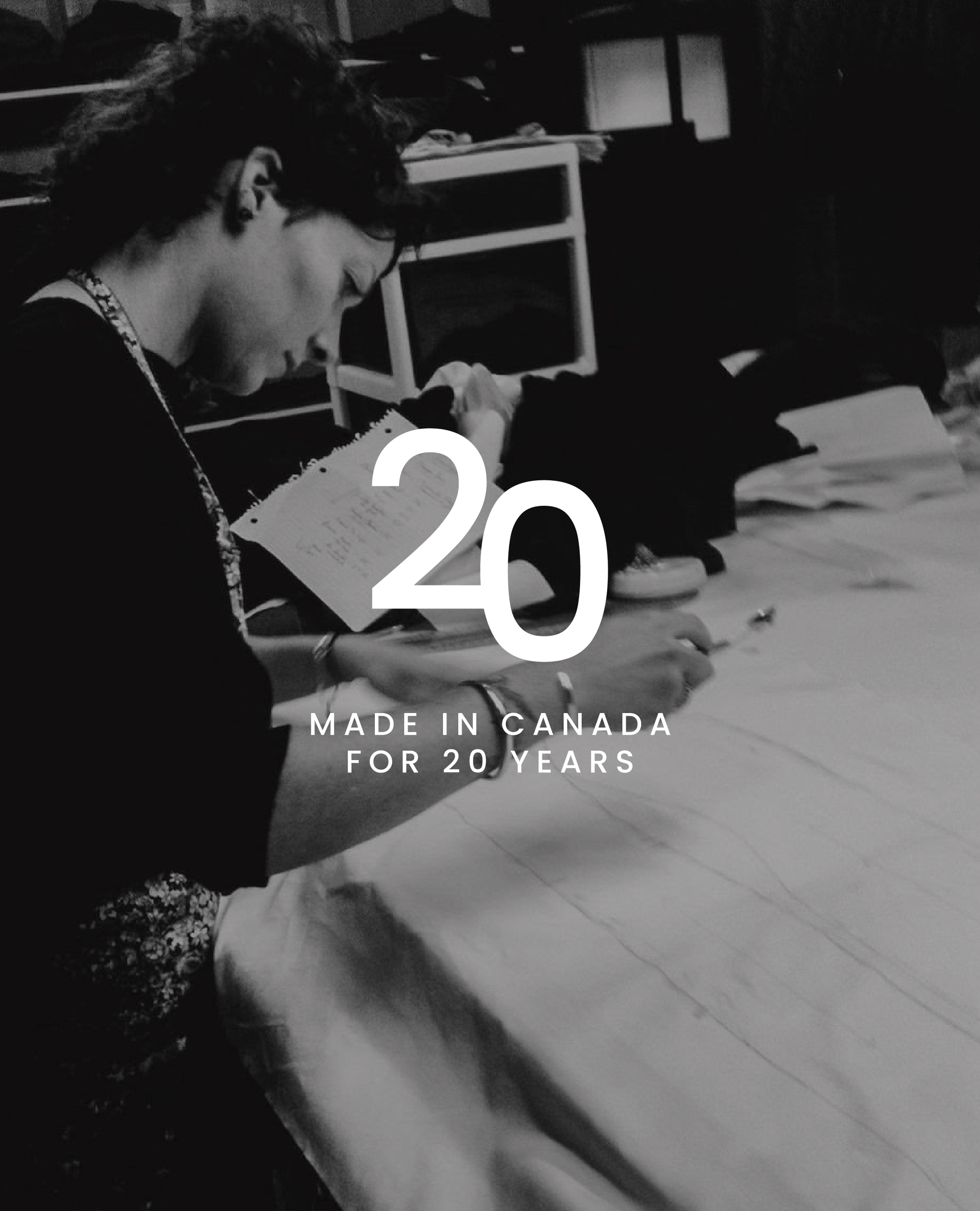The Slow Fashion Recession: What’s Behind the Trend?
In recent months, a wave of closures has hit the slow fashion industry, raising concerns about the viability of sustainability-focused brands in today's market. Notable brands like ARQ, Selva Negra, and Hera California have shuttered their operations, leaving fans and followers in shock. The closure of Mara Hoffman, a pioneer in sustainable fashion, further underscores the challenges facing these ethical brands

The Struggle for Sustainability
The slow fashion movement emerged as a response to the excesses of fast fashion, promoting thoughtful consumption and ethical production practices. Brands like Hera California prided themselves on transparency, fair labor practices, and the use of organic materials. However, despite the positive ethos, many slow fashion brands struggled to maintain profitability. The cost of adhering to sustainable practices, coupled with the high prices required to sustain them, created a significant barrier for many consumers .
Economic Pressures and Changing Consumer Behavior
The economic landscape has not been kind to slow fashion. Inflation has eroded consumers' disposable income, making it harder for them to justify spending more on ethically produced clothing. At the same time, the cost of sustainable materials and fair wages has risen, squeezing the margins of already financially precarious brands. This double blow has forced many slow fashion companies to reassess their business models or close their doors .
Social Media and Market Saturation
The rapid growth of social media platforms initially provided a boost to slow fashion brands, allowing them to reach conscious consumers directly. However, recent changes in social media algorithms have made it more challenging for smaller brands to compete with larger, well-funded companies. Additionally, the market for sustainable fashion has become increasingly crowded, with established brands and newcomers vying for a limited customer base .

The Tension Between Ethics and Profit
At the heart of the slow fashion movement lies a fundamental tension: the desire to encourage mindful consumption while also running a profitable business. Many slow fashion brands, like Sotela and Loud Bodies, have tried to navigate this challenge by emphasizing transparency and ethical production. However, the reality is that many consumers prioritize price and convenience over sustainability, making it difficult for these brands to scale .
Looking Ahead: The Future of Slow Fashion
Despite the current challenges, the slow fashion movement is far from dead. Some brands continue to thrive, finding creative ways to balance ethics with financial sustainability. For instance, Eliza Faulkner recently opened a brick-and-mortar store in Montréal, while other brands are exploring new business models, like moving to seasonal collections or focusing on limited-run pieces .
There is also growing recognition that systemic changes are needed to support the slow fashion industry. Initiatives like California's Garment Worker Protection Act and the European Union's regulations on fashion waste represent steps toward creating a more sustainable fashion ecosystem. Advocates argue that government support, such as grants for sustainable fashion entrepreneurs, could further bolster the industry's future .
Conclusion: A Complex Landscape
The recent closures of slow fashion brands highlight the complexities of running a business centered on sustainability. While the movement has made significant strides in promoting ethical consumption, it faces ongoing challenges in a market dominated by fast fashion. As the industry evolves, it will be crucial for slow fashion brands to adapt, innovate, and find new ways to connect with consumers who value both style and substance .
References:
- Slone, Isabel. "What’s Behind the Slow Fashion Recession." Business of Fashion, 11 June 2024.







